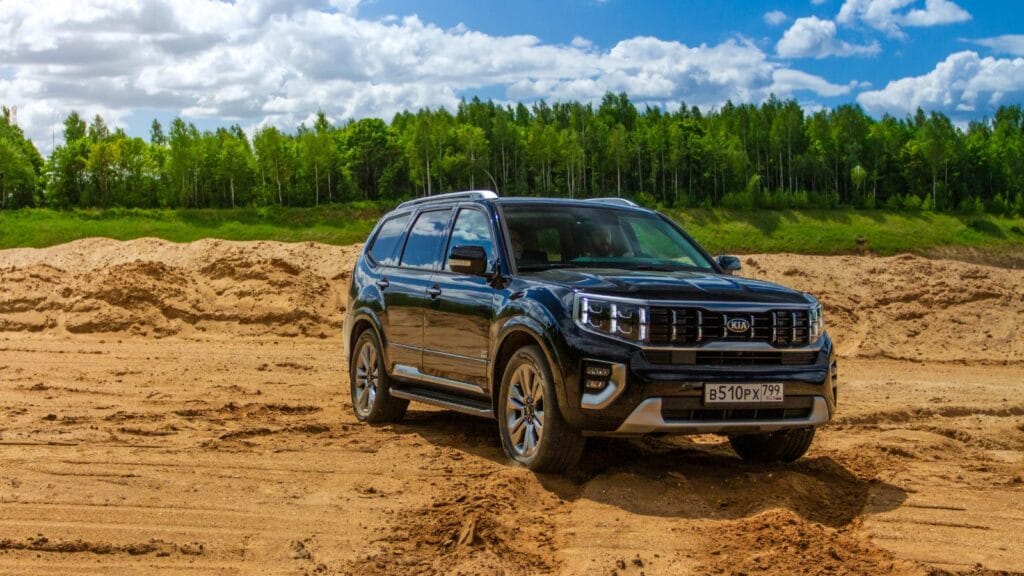Once symbols of status, performance, or cultural relevance, many iconic vehicles have fallen hard in Canada’s used car market. Whether it is due to expensive repairs, changing tastes, or shifting government policies around fuel efficiency and emissions, some former legends are now barely worth their badge. Here are 20 iconic cars that are now practically worthless in the Canadian market:
Chrysler 300
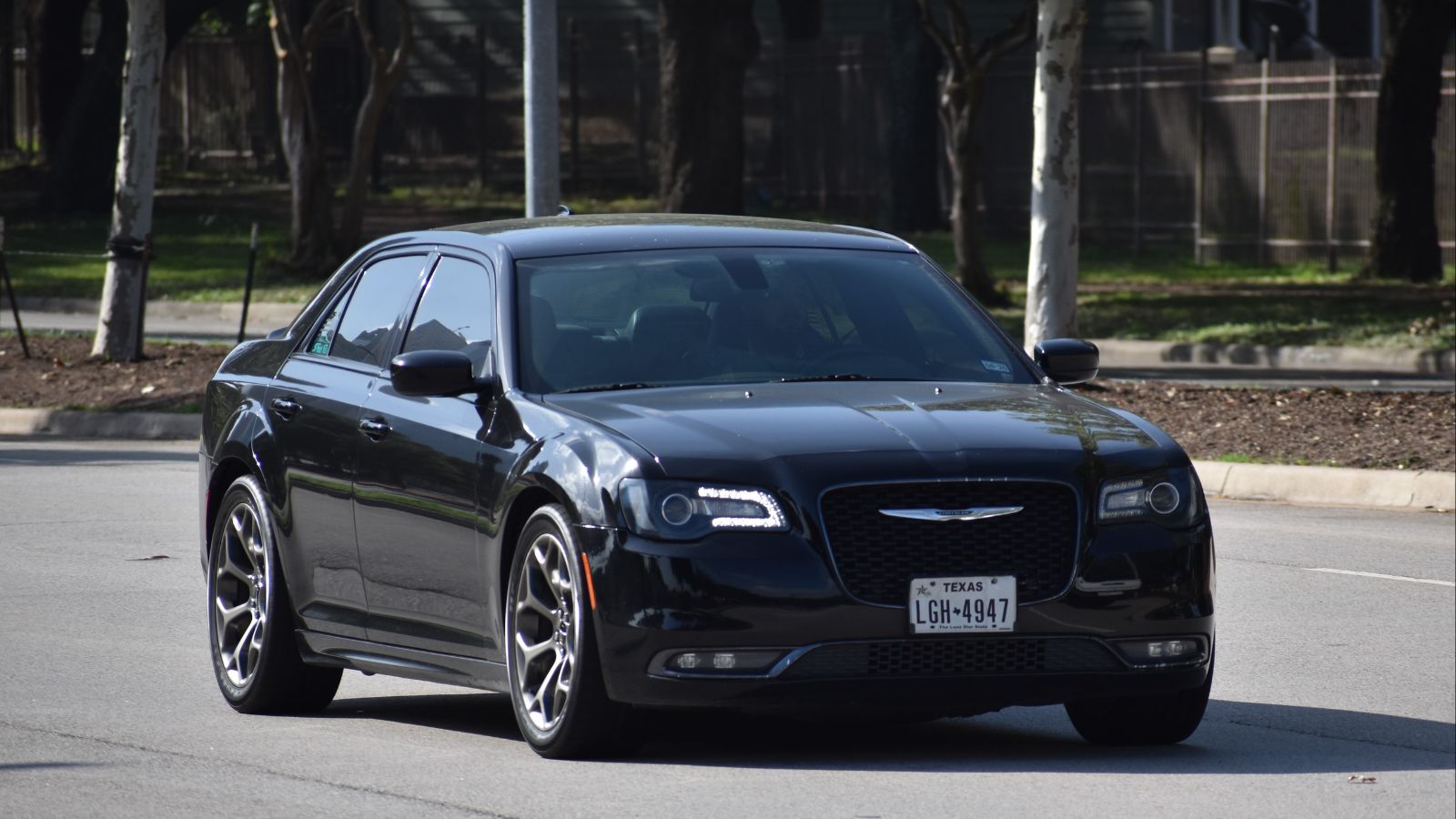
Once the poster child for American luxury on a budget, the Chrysler 300 has aged out of favor in Canada’s used market. Its bold design no longer turns heads, and with V6 and V8 engines that drink fuel, it is an impractical choice as gas prices and emissions regulations tighten. Reliability concerns and dwindling parts availability further push down resale value. Once commanding over $40,000 new, many models now struggle to fetch even $8,000, and with the brand’s uncertain future and fleet-heavy image, the 300 is all but forgotten among Canadian buyers.
Dodge Journey
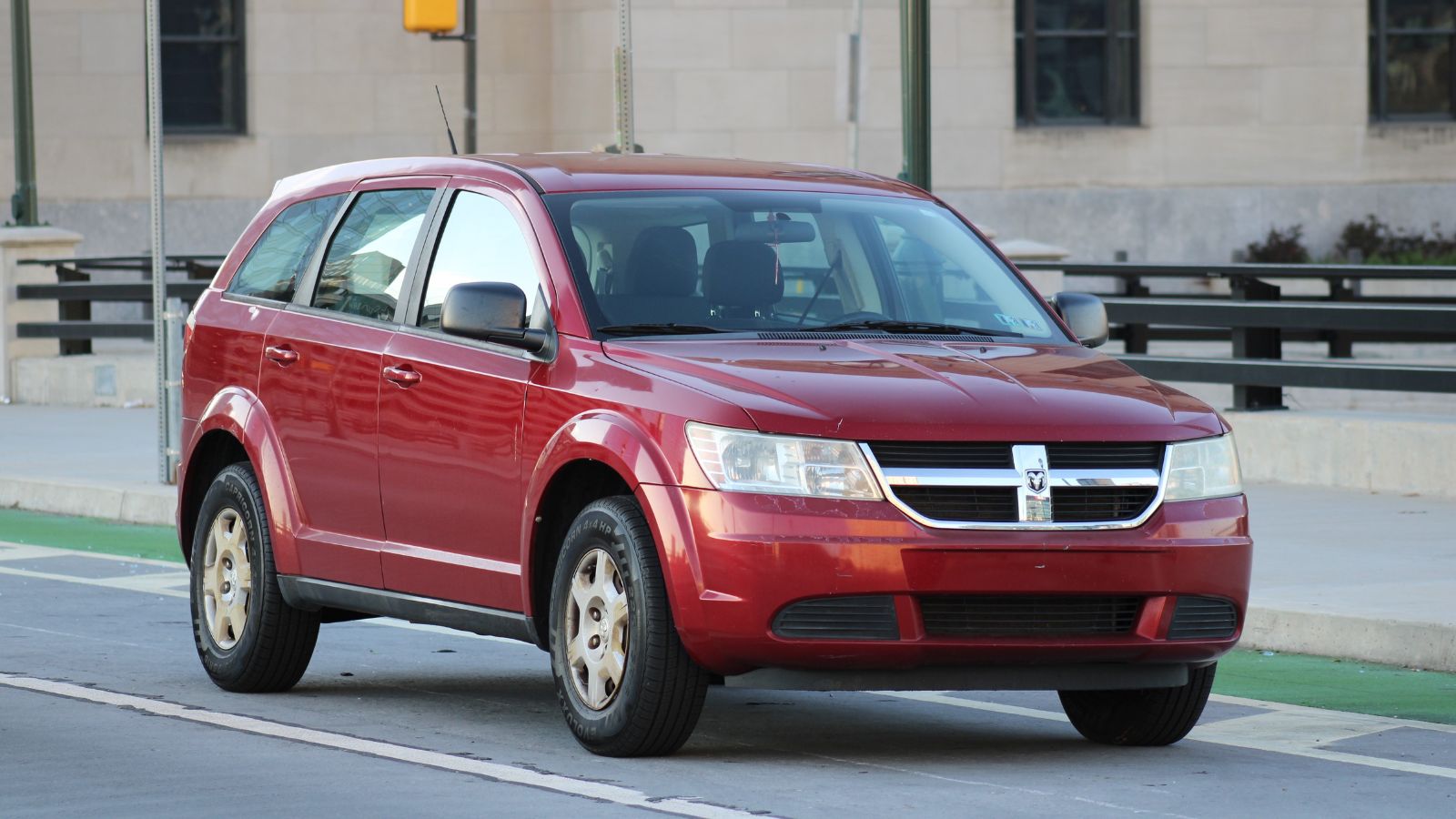
The Dodge Journey was once a family favorite, but its dated platform, underwhelming engine options, and lackluster interior finish have led to a dramatic decline in resale value. Though it offered decent cargo space and optional AWD, those strengths cannot save it from harsh critic reviews and consumer fatigue. The model’s discontinuation only solidified its downward trend, and in Canada, used Journeys are flooding classified sites for as low as $4,000, a steep fall from its original $25,000-$35,000 price tag. At the same time, most Canadian buyers are now opting for more fuel-efficient, tech-savvy crossovers.
Chevrolet Impala
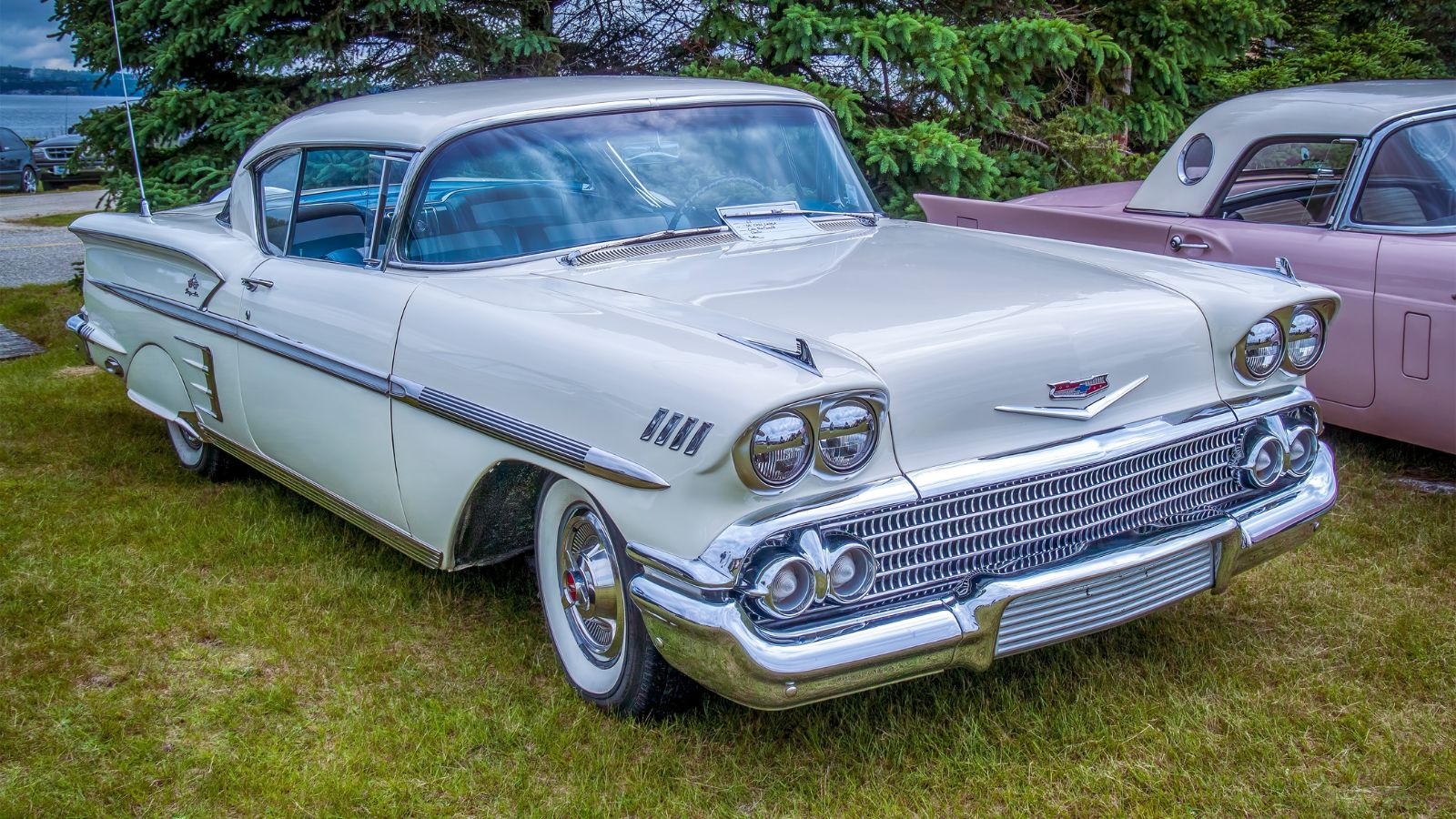
The once-proud Chevrolet Impala was a North American staple, especially in Canada, where large sedans had a loyal fan base. However, tastes shifted rapidly, and full-size sedans lost ground to SUVs. Despite its roomy interior and smooth ride, the Impala’s resale value plummeted after its discontinuation in 2020. Parts are becoming harder to find, and its dated infotainment tech no longer meets the needs of modern drivers. A car that once retailed for $40,000 is now commonly seen for under $7,000 in used listings across Ontario and Quebec.
Ford Taurus
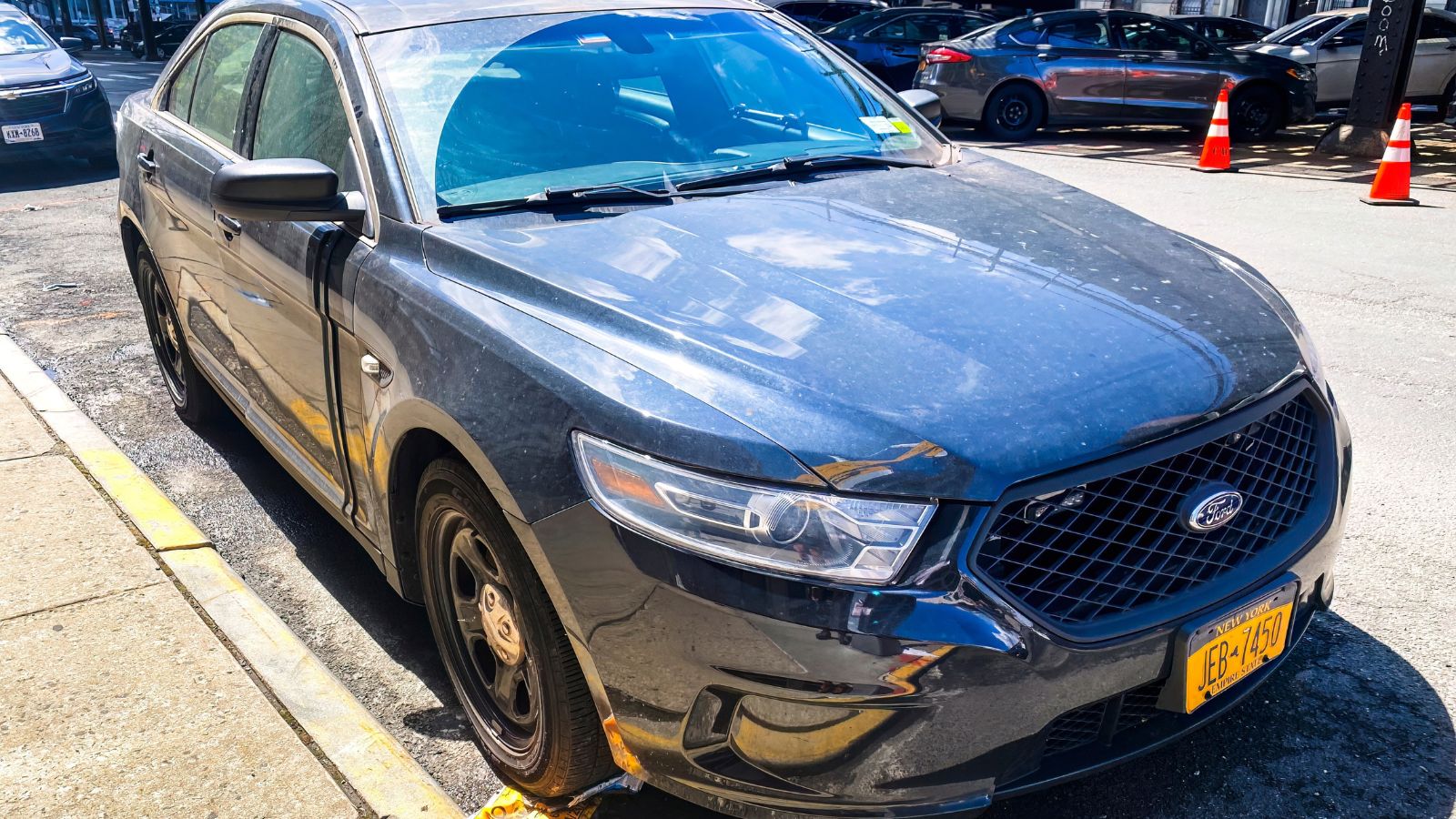
The Ford Taurus helped redefine the modern family car in the 1990s, but the last few generations failed to evolve with the times. It is known for its bulky body, thirsty engines, and underwhelming tech, and it became a regular in outdated rental fleets. Ford’s decision to end sedan production did not help its resale value in Canada, and now, even low-mileage models are fetching less than $5,000. For younger drivers or fuel-conscious Canadians, the Taurus has little appeal, and its size is more of a burden than a benefit.
Mitsubishi Lancer
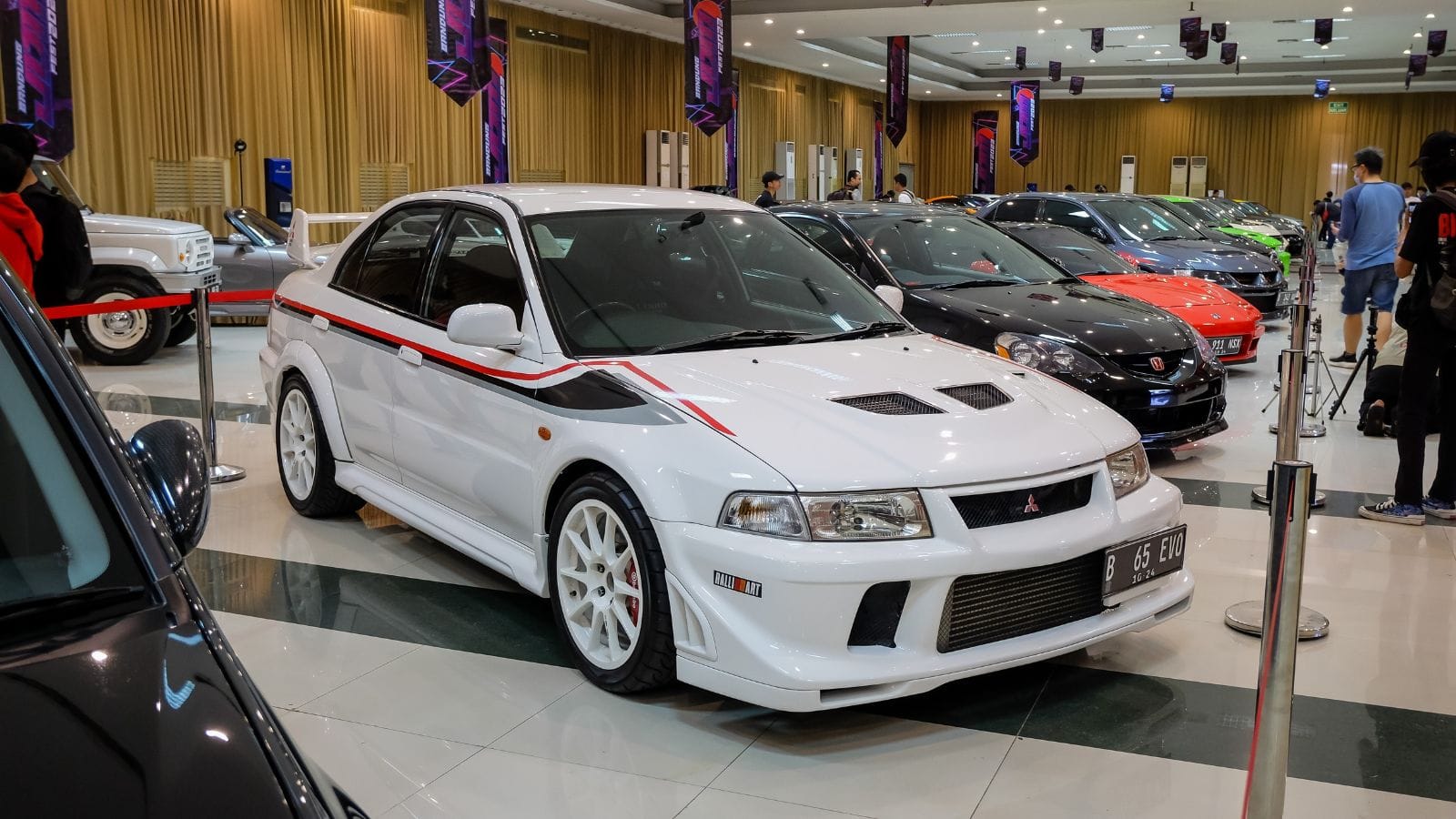
Once a go-to for young Canadian drivers seeking a sporty look without the price tag, the Mitsubishi Lancer has all but disappeared from buyer wishlists. The decline began when Mitsubishi phased out the performance-focused Evolution trim; even basic Lancer models now suffer from poor resale value due to outdated technology, mediocre safety scores, and increasing repair costs. With limited dealership support and dwindling aftermarket enthusiasm, used models are sitting idle on lots across Canada for $3,000 to $6,000, despite being considered iconic just a decade ago.
Pontiac G6
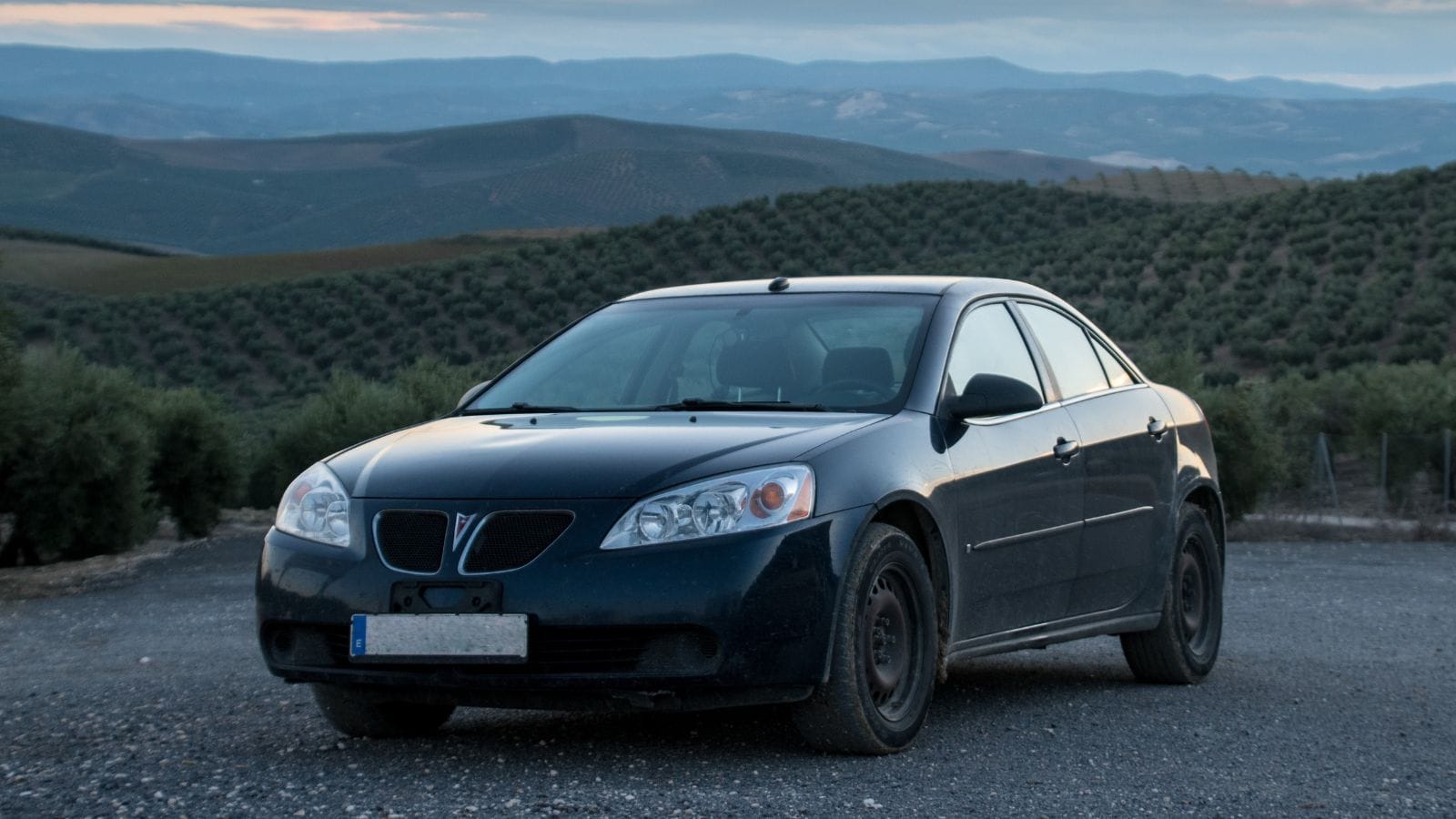
The Pontiac G6 was once GM’s bold bet to modernize the brand, and for a few years, it succeeded, being seen everywhere, from car rental fleets to suburban driveways. However, after GM discontinued Pontiac in 2010, parts support dwindled, and resale values plummeted. Although it offered a decent V6 option and a convertible variant, reliability issues and a dated interior ultimately compromised its long-term appeal. In Canada, many G6s now sell for under $2,500, if at all, and its discontinued status offers no collector prestige, just a red flag for savvy used-car buyers.
Hyundai Veracruz

Before Hyundai perfected the mid-size SUV game with the Santa Fe and Palisade, there was the Veracruz, an ambitious but ultimately clumsy attempt to compete with premium SUVs. Despite a powerful V6 and seven-seat capacity, the Veracruz suffered from awkward styling and a bland driving experience. More importantly, its poor fuel economy and limited resale market have made it nearly impossible to offload in Canada today as listings hover under $5,000 for a vehicle that once topped $40,000 new.
Suzuki SX4
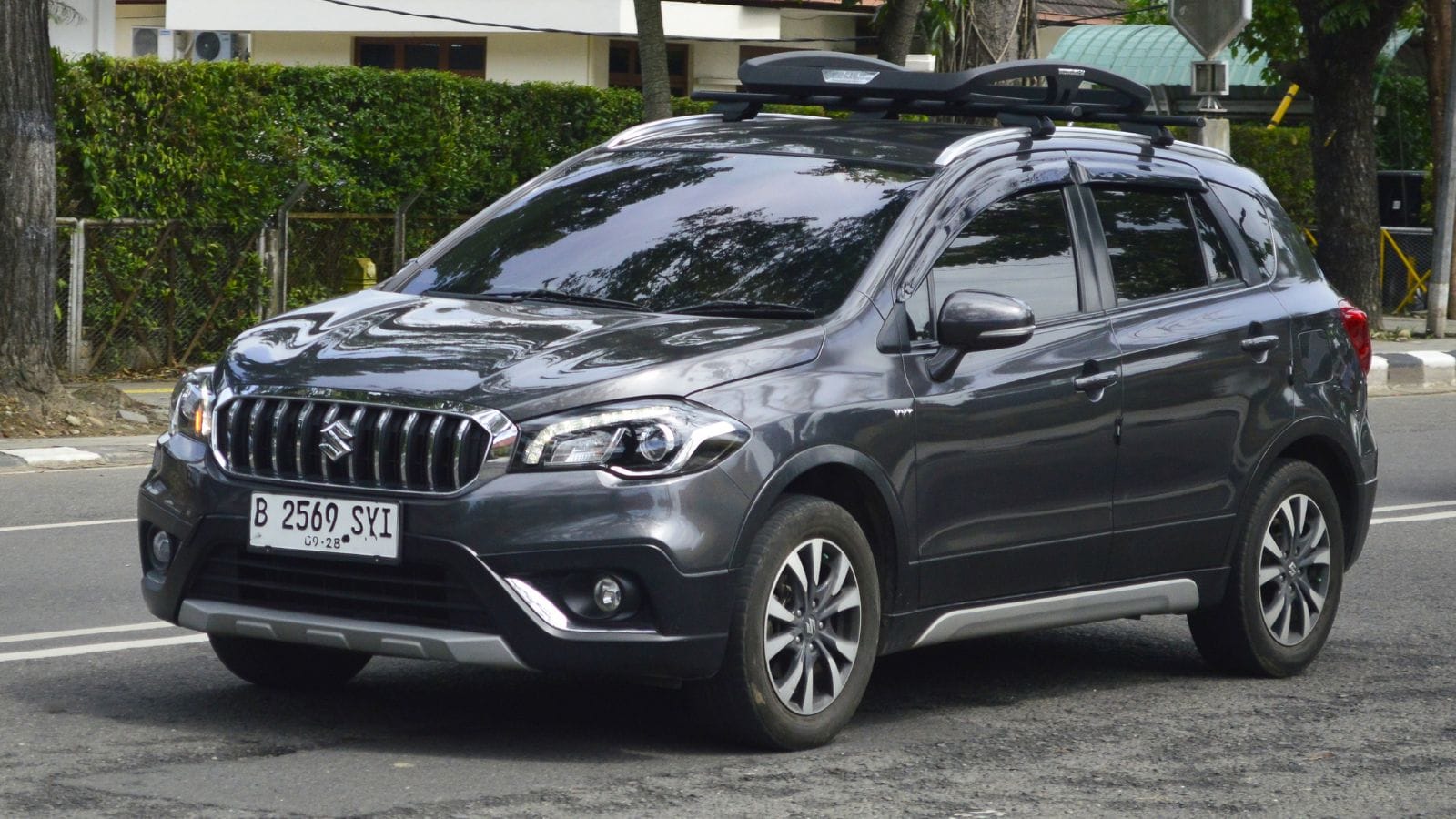
The Suzuki SX4 was a quirky all-wheel-drive hatchback that once appealed to budget-conscious Canadian buyers, especially in snowbelt provinces. But Suzuki’s complete withdrawal from the North American market in 2013 doomed the SX4’s resale fate. Today, even well-maintained models are ignored on used-car lots because parts are scarce and service support is virtually nonexistent. The fuel economy is not competitive by 2025 standards, and safety features are rudimentary at best. Once retailing around $22,000, the SX4 now routinely lists for less than $2,000.
Saturn Aura
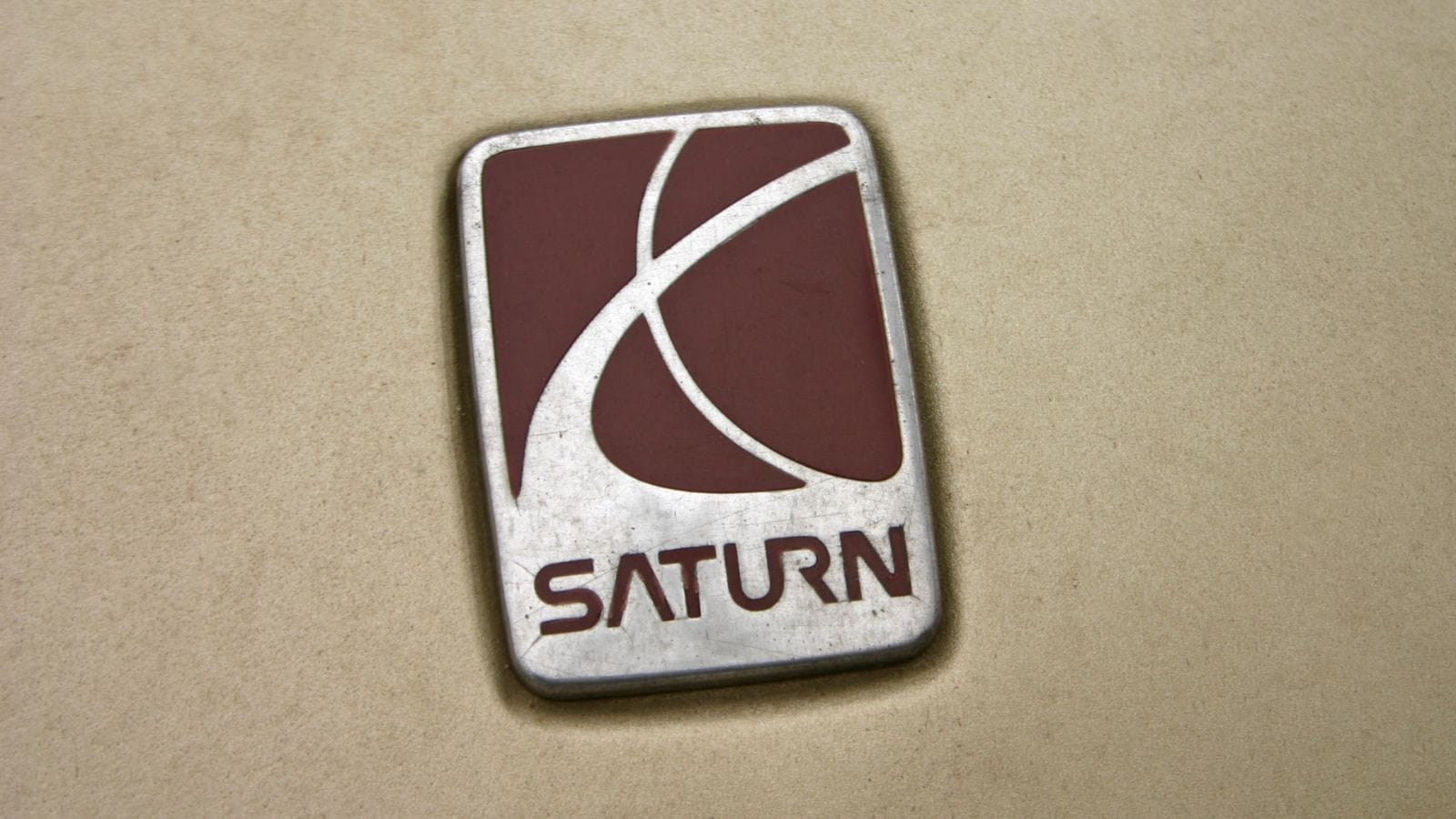
The Saturn Aura was meant to be the car that proved GM could build a stylish, capable mid-size sedan. For a short time, it delivered, winning North American Car of the Year in 2007, but GM shuttered Saturn shortly after, leaving Aura owners with a car that quickly became obsolete. Despite decent performance and comfort, the lack of long-term support has rendered this vehicle practically worthless. Used examples in Canada now average just $2,500, and most buyers steer clear due to concerns about reliability, parts, and future resale potential.
Nissan Quest
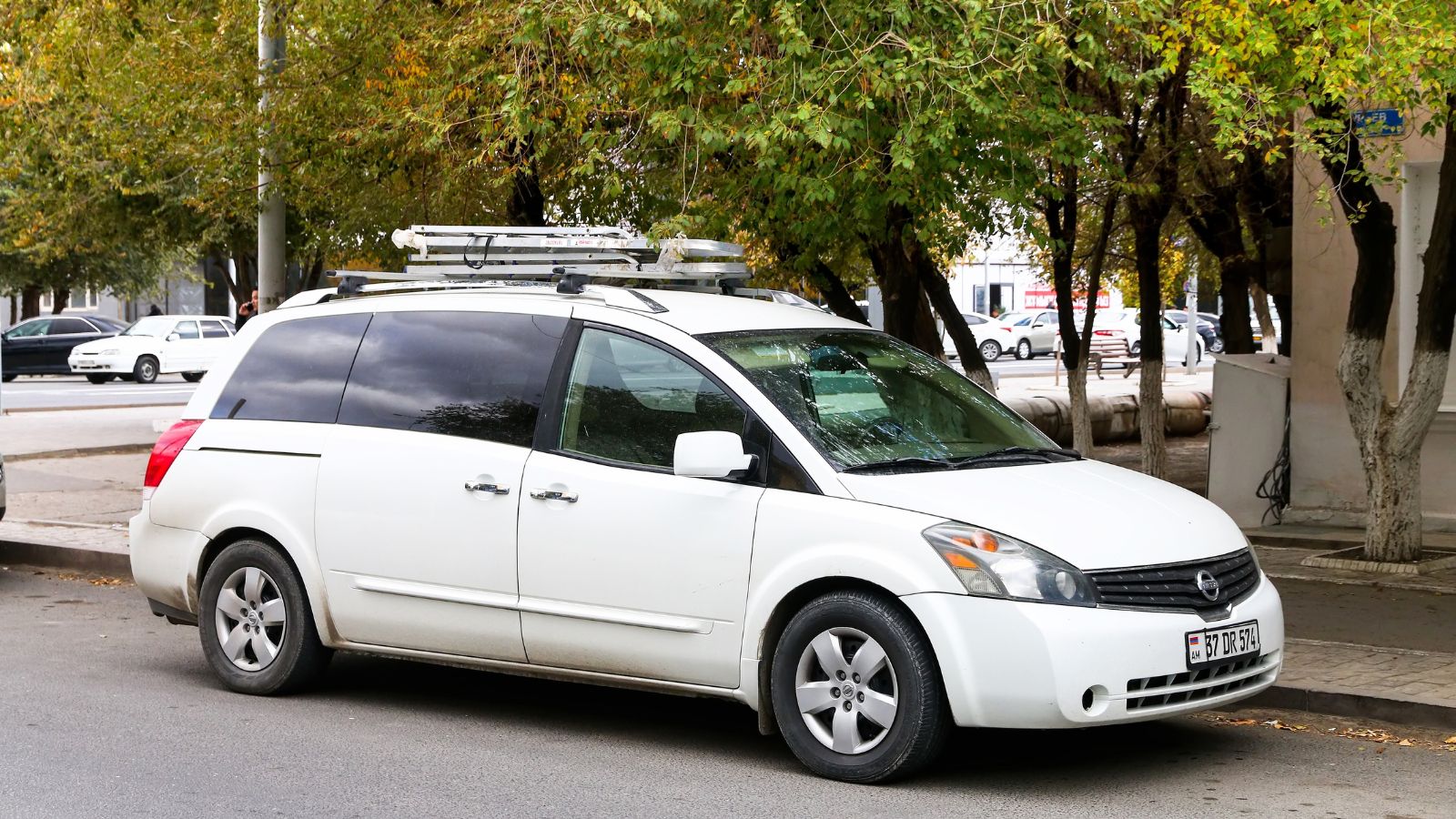
The Nissan Quest aimed to be a minivan for families who did not want a boring one. It brought unusual design and Nissan’s hallmark V6 power. But it never quite caught on with Canadian parents, especially given fierce competition from the Honda Odyssey and Toyota Sienna. Reliability complaints and CVT transmission issues doomed its value. With the model discontinued and minivans falling further out of favor, even late-model Quests are selling for under $5,000 in major Canadian cities.
Chrysler Sebring Convertible
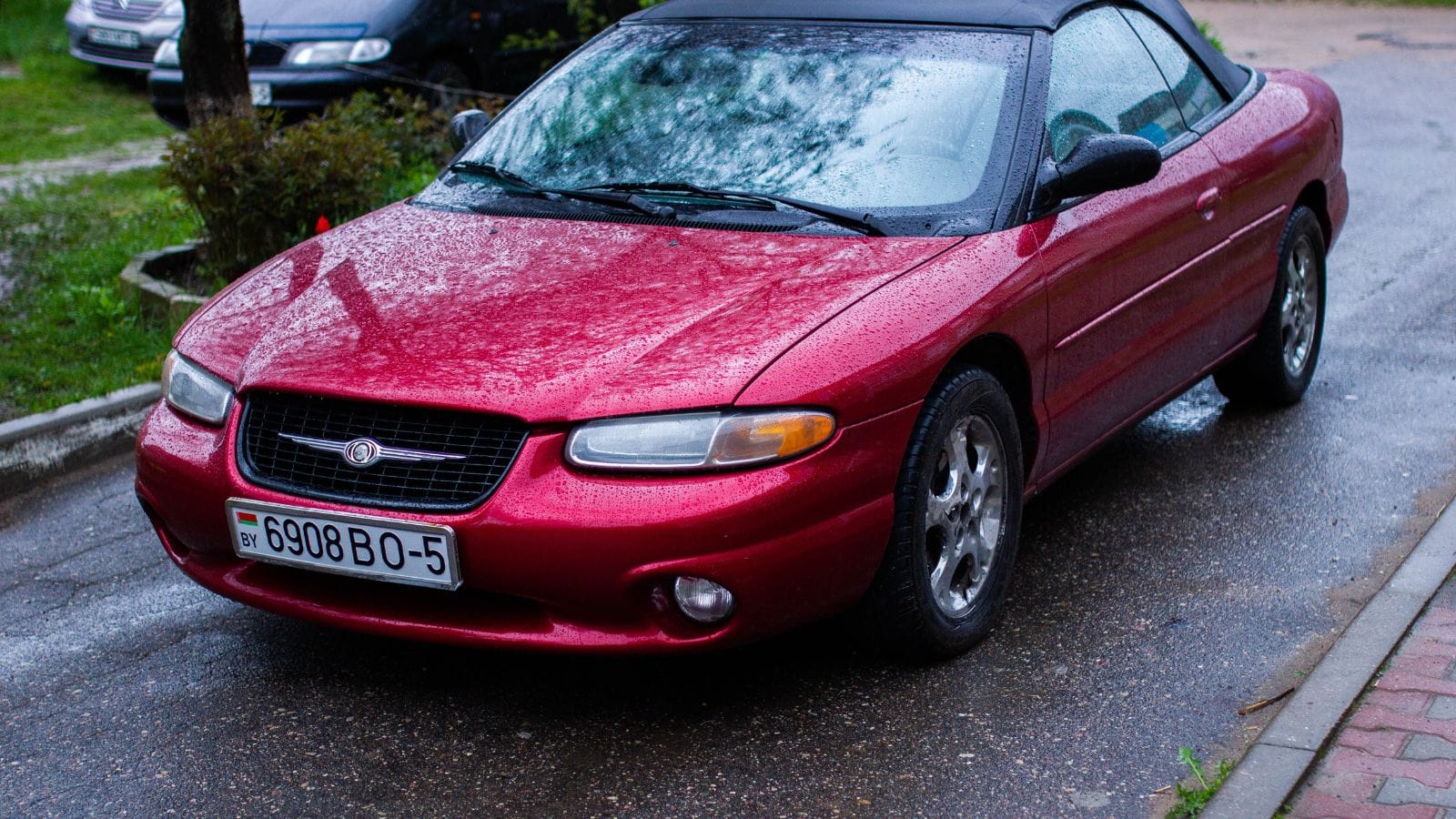
For a while, the Chrysler Sebring Convertible was the affordable dream of many Canadians craving open-air driving without the European price tag. Unfortunately, poor build quality, sluggish handling, and interior shortcuts ultimately caught up with it, and the convertible’s appeal faded quickly as reliability issues and rattling soft tops became common complaints. Insurance costs on convertibles did not help either, and these days, a Sebring Convertible rarely fetches more than $3,000 in resale value. Once romanticized as a beach cruiser, it is now often found at used-car auctions or overlooked in online listings.
Chevrolet HHR
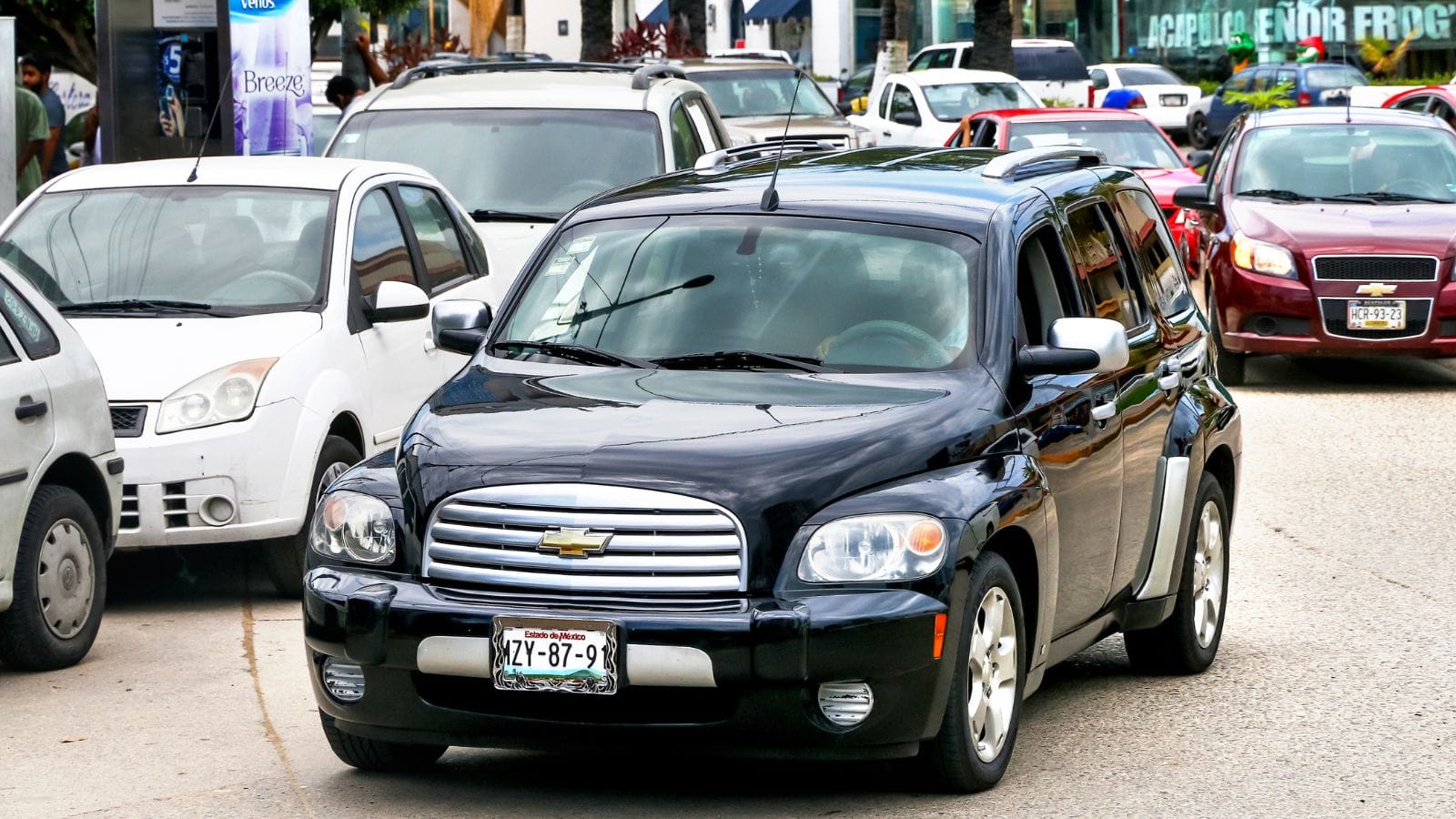
The retro-styled Chevrolet HHR attempted to capitalize on the PT Cruiser trend but ultimately fell short, becoming another oddball with little long-term appeal. While it offered decent cargo space and a turbocharged SS trim, the rest of the model line was plagued with electrical issues, subpar safety ratings, and uninspired performance. Canadian resale values have collapsed, with most models now sitting under $3,000, as it has become a vehicle few want to repair. As used buyers prioritize reliability and practicality, the HHR has lost its primary audience, with many looking at other options.
Dodge Caliber
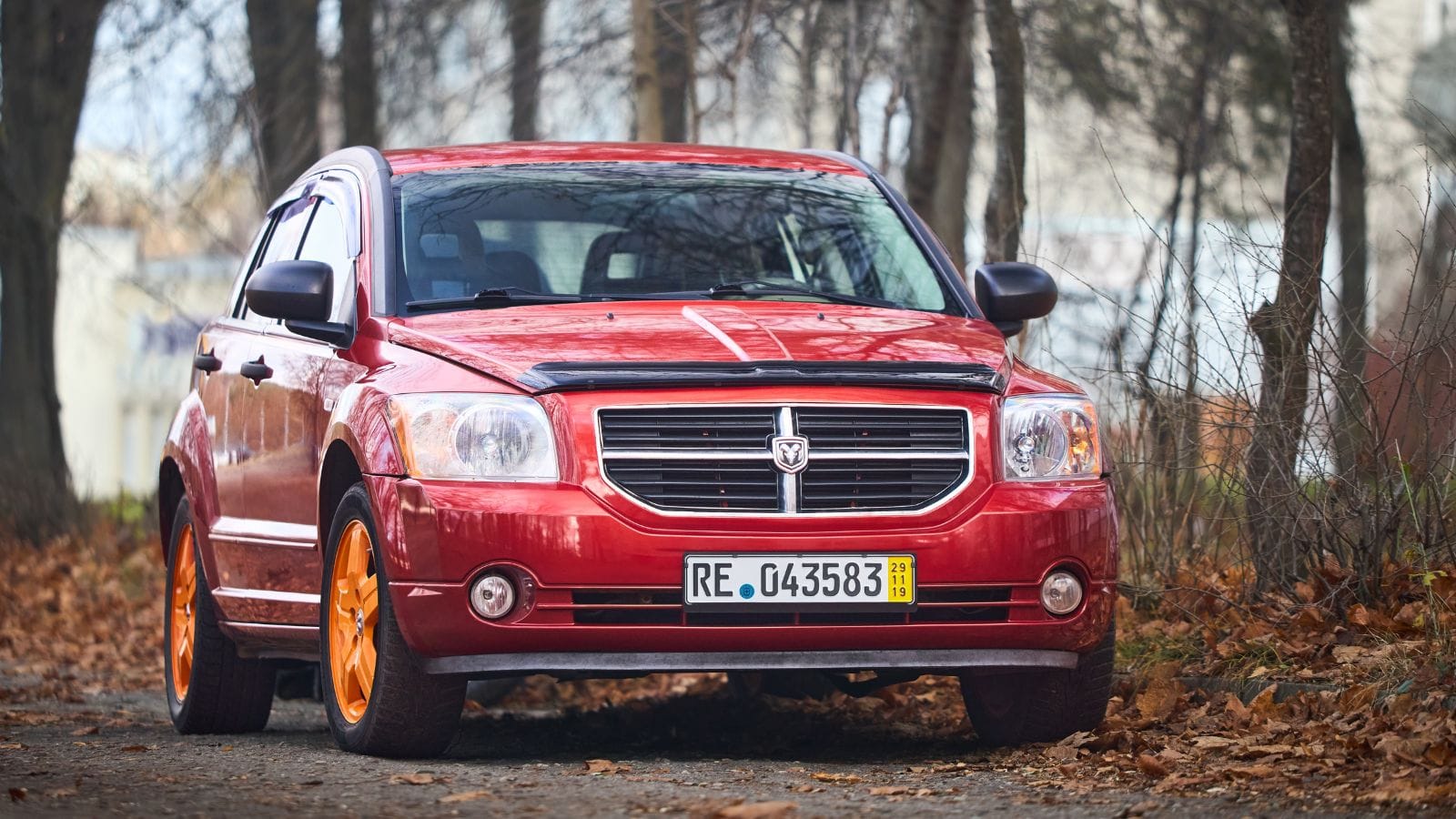
Marketed as a sporty hatch with a crossover vibe, the Dodge Caliber never quite found its identity or reliability. While it initially appealed to budget-minded Canadian drivers, poor build quality and an infamously bad CVT transmission quickly made it a liability. The interior finish felt outdated even when new, and its resale value plummeted almost immediately. Today, a used Caliber might fetch $1,500-$2,000, but finding a buyer is tough as most Canadians now view it as a cautionary tale from a time when styling took precedence over substance.
Mazda CX-7
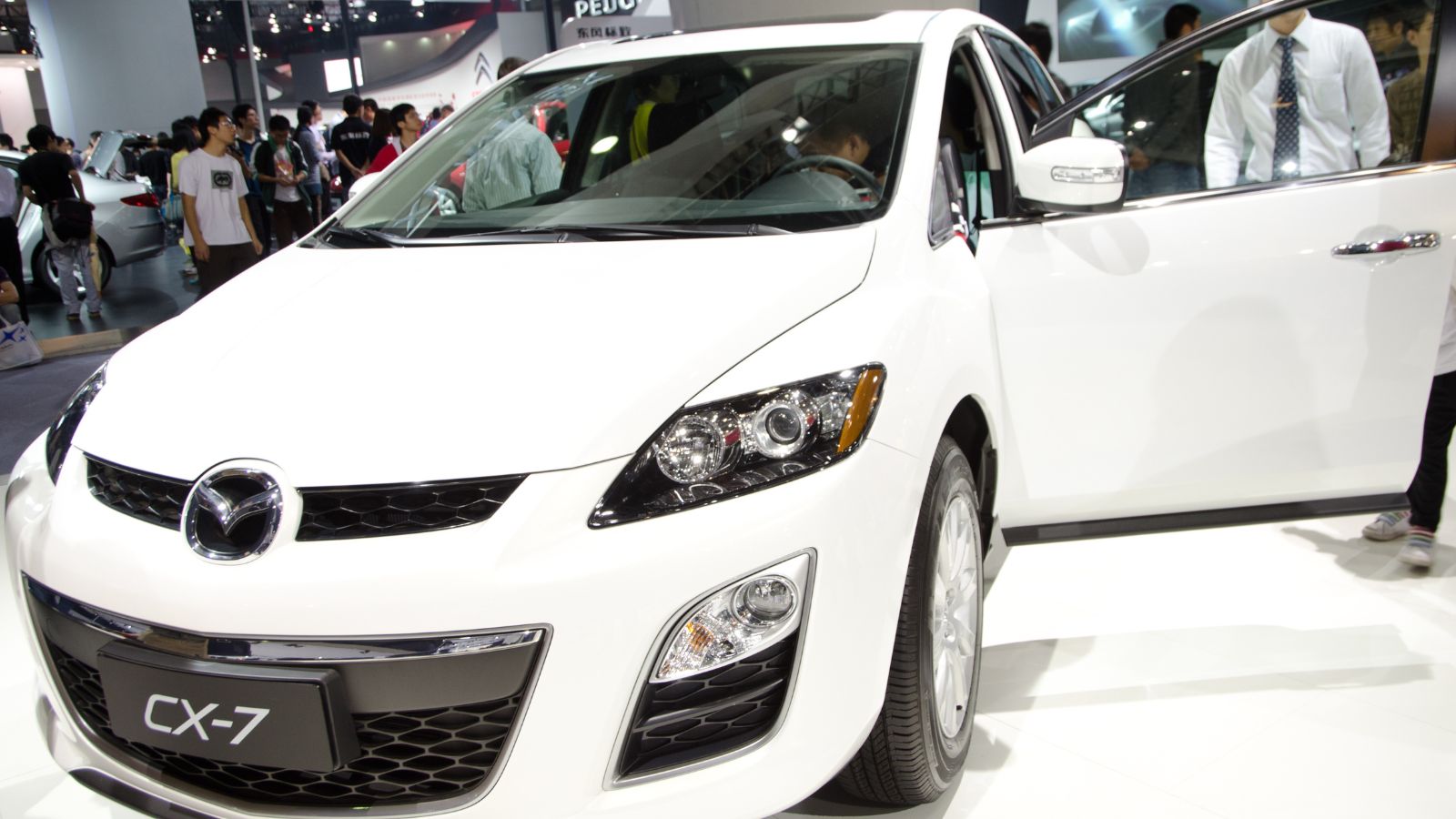
Before Mazda established its design language with the CX-5 and CX-9, it introduced the CX-7, a turbocharged crossover that promised sporty performance. However, the vehicle was plagued by high maintenance costs, poor fuel economy, and turbocharger issues that proved expensive to repair. In Canada, where winter reliability is crucial, the CX-7 quickly fell out of favor, and the few remaining in circulation struggle to sell for more than $3,500, despite once carrying price tags well above $30,000.
Volkswagen Passat (Pre-2017 Models)
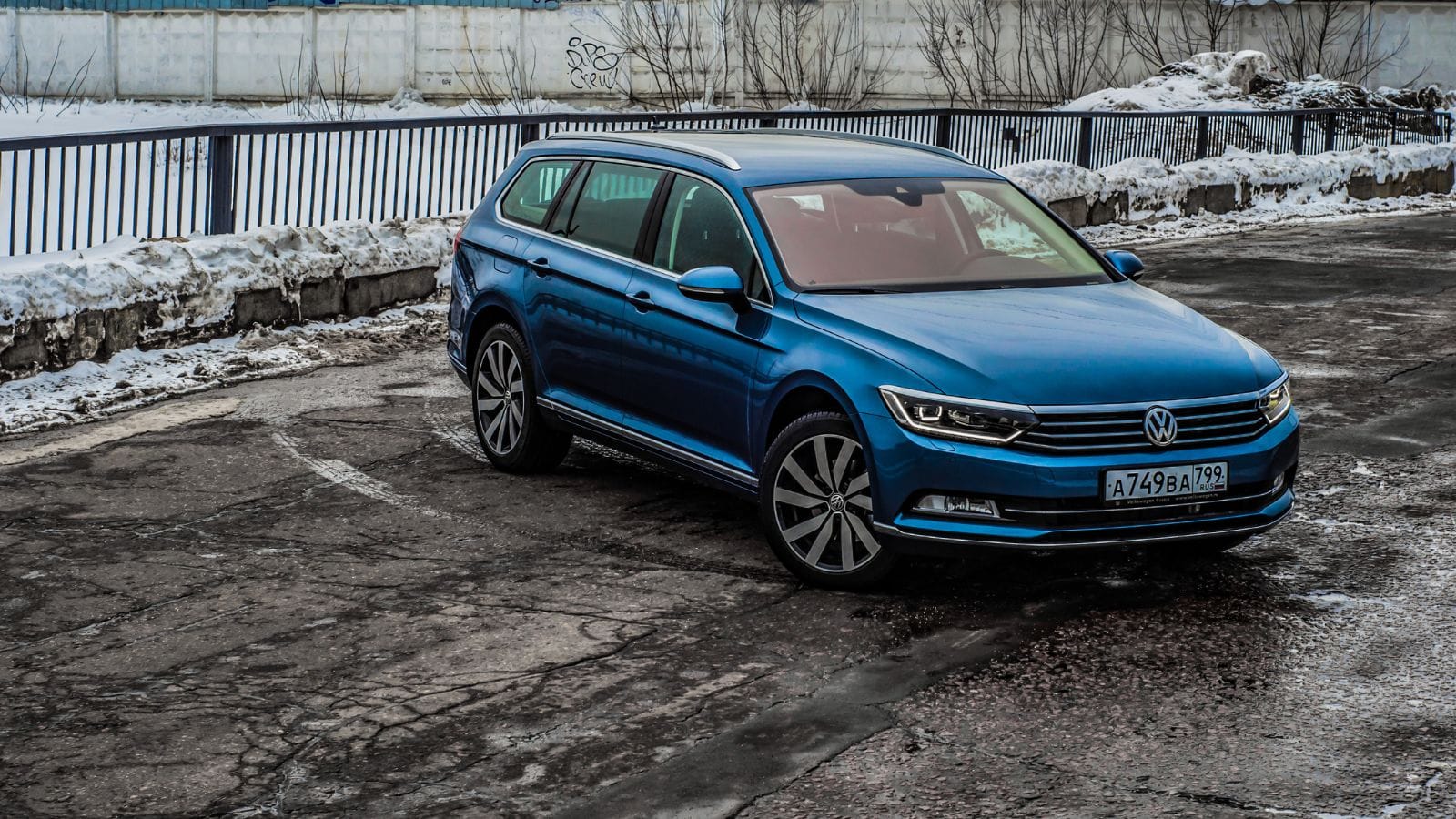
Volkswagen’s older Passat models offered Euro styling and a premium feel, but came with complex engines, costly repairs, and the shadow of the Dieselgate scandal. Canadian consumers quickly soured on the Passat’s maintenance unpredictability and depreciation rate, and by 2025, most pre-2017 Passats are viewed as ticking time bombs for used buyers. Even well-maintained TDI models are challenging to sell due to environmental concerns and stricter emissions policies, with some models now selling for below $4,000 on Canadian resale sites —a steep decline from their original price tag of over $30,000.
Kia Borrego
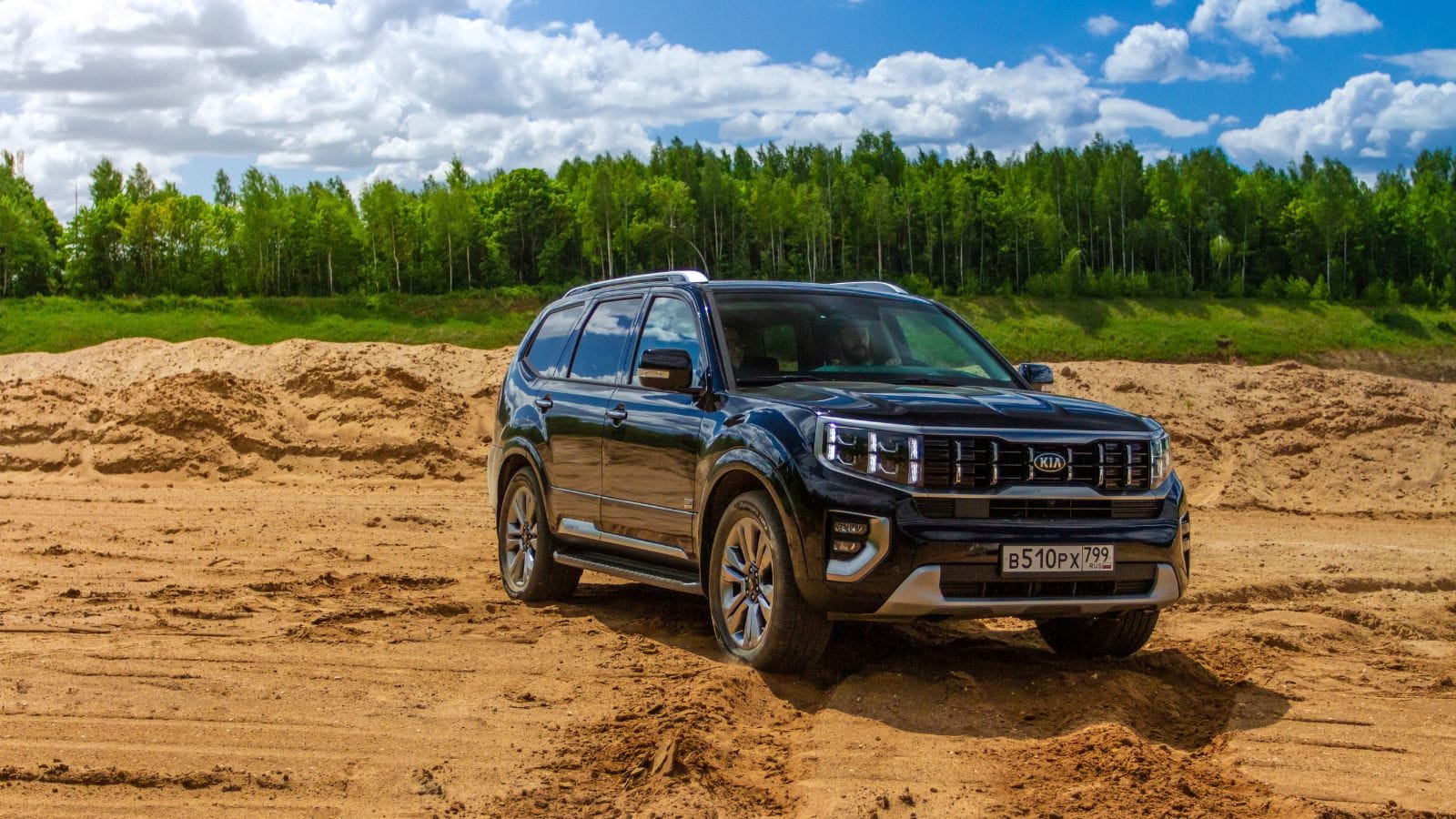
The Kia Borrego had big ambitions, boasting body-on-frame toughness and premium touches, but was launched just before gas prices spiked and the financial crisis hit. It flopped hard in North America and was pulled from Canadian showrooms almost as quickly as it arrived. Despite its V8 power and spacious interior, it could not shake its identity crisis, as parts are hard to source, resale demand is virtually zero, and fuel economy is brutal. Most used Borregos in Canada now list under $5,000, if they list at all.
Ford Flex
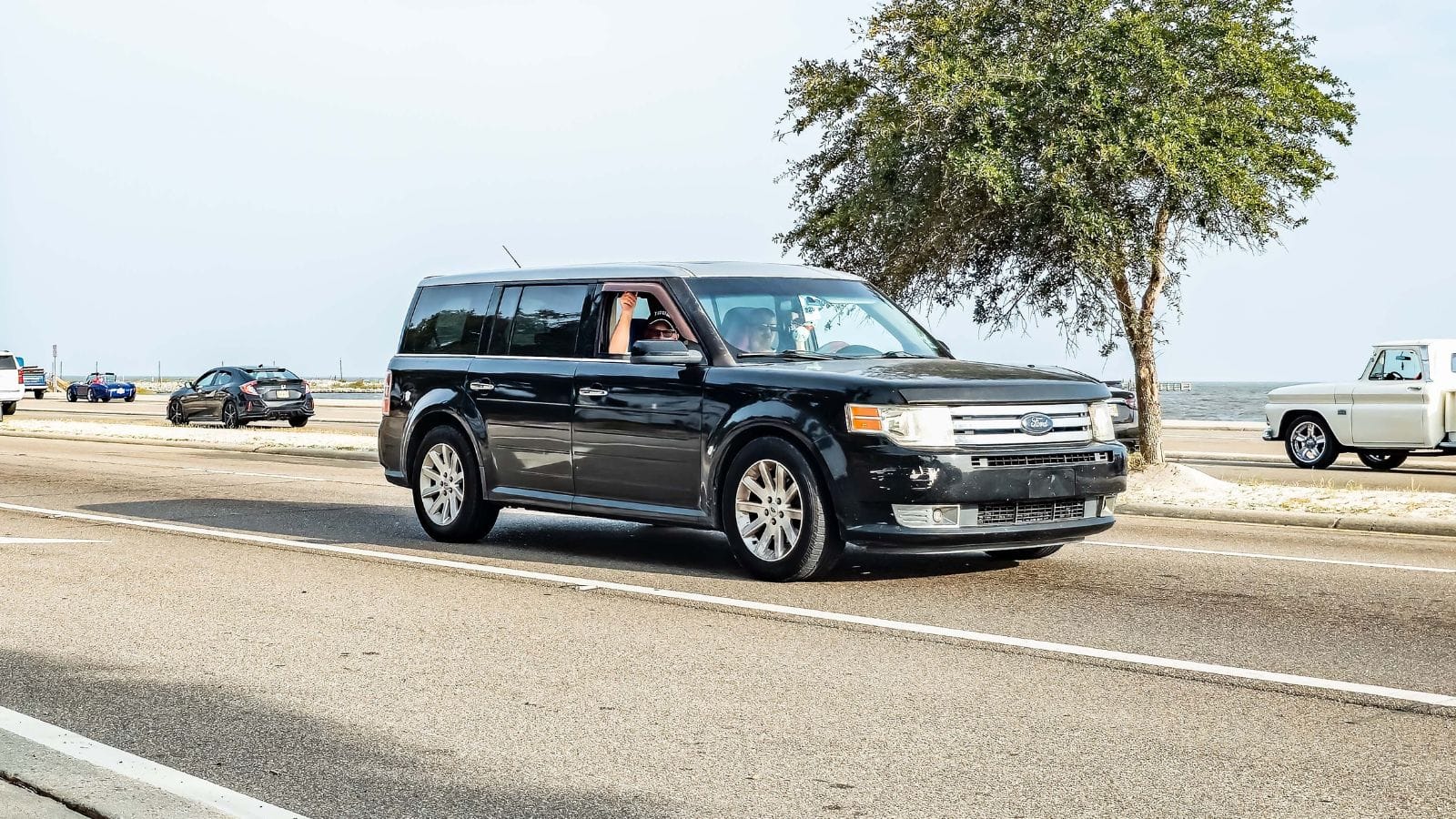
Quirky and boxy with undeniable utility, the Ford Flex never quite earned mass appeal in Canada. Despite its spacious interior and smooth ride, buyers could not get past the awkward design. As tastes shifted toward more aerodynamic crossovers, the Flex fell into an identity gap, being too wagon-like for SUV buyers and too bulky for car shoppers. With the model discontinued in 2019, the resale value has dropped fast, and most Flex models now sell for under $7,000, despite high original MSRPs.
Saab 9-3
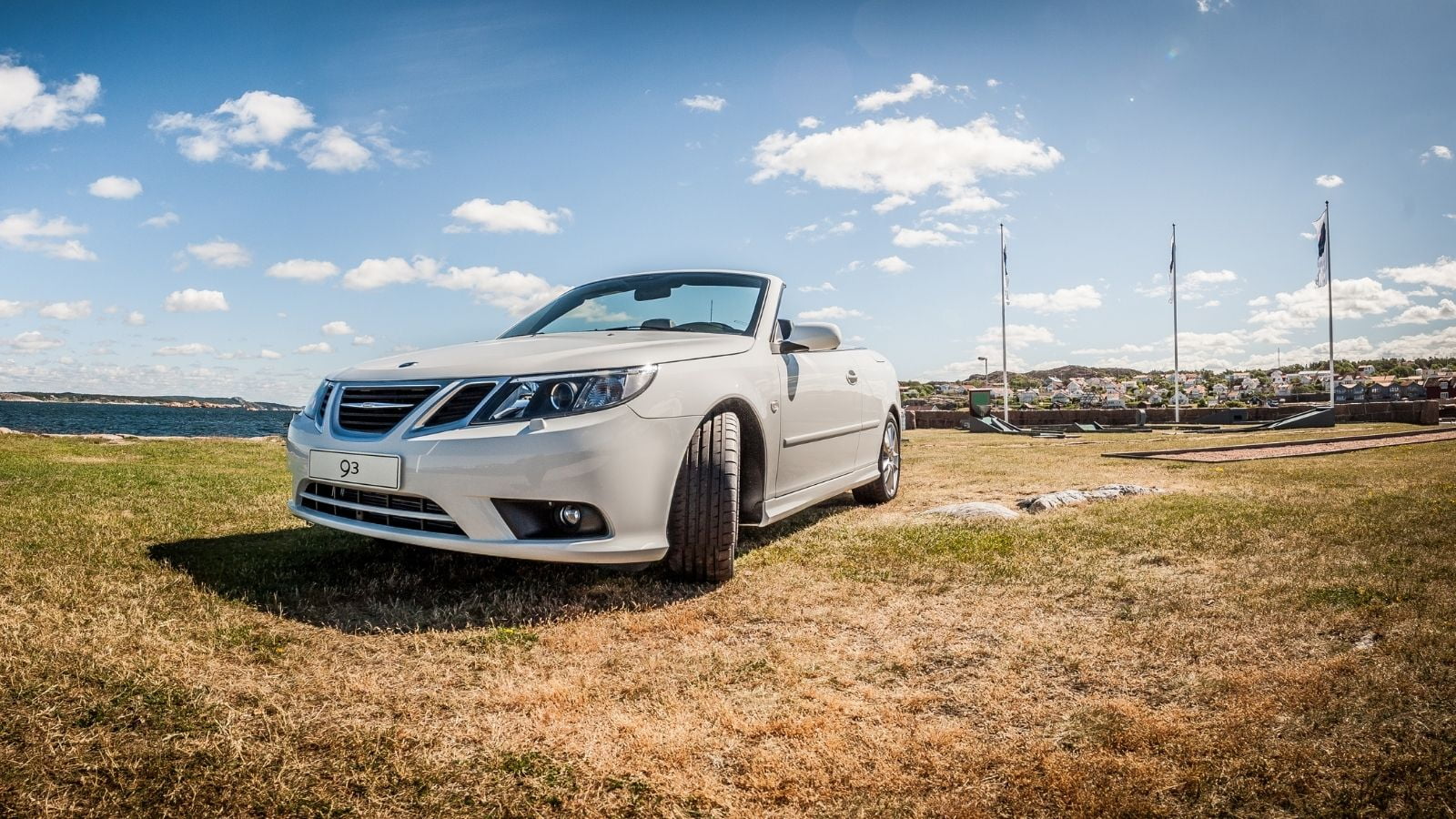
The Saab 9-3 was once considered a cool, understated luxury alternative, especially among Canadian professionals seeking European style on a budget. But Saab’s demise in 2011 left owners with an orphaned brand. Parts are rare, service is specialized, insurance is a headache, and even the turbocharged models that once excited enthusiasts are now viewed as risky purchases. In Canada, the resale value has completely collapsed, as it once sold for $40,000 new but is now being sold at auctions and classified sites for under $3,000.
Mercedes-Benz R-Class
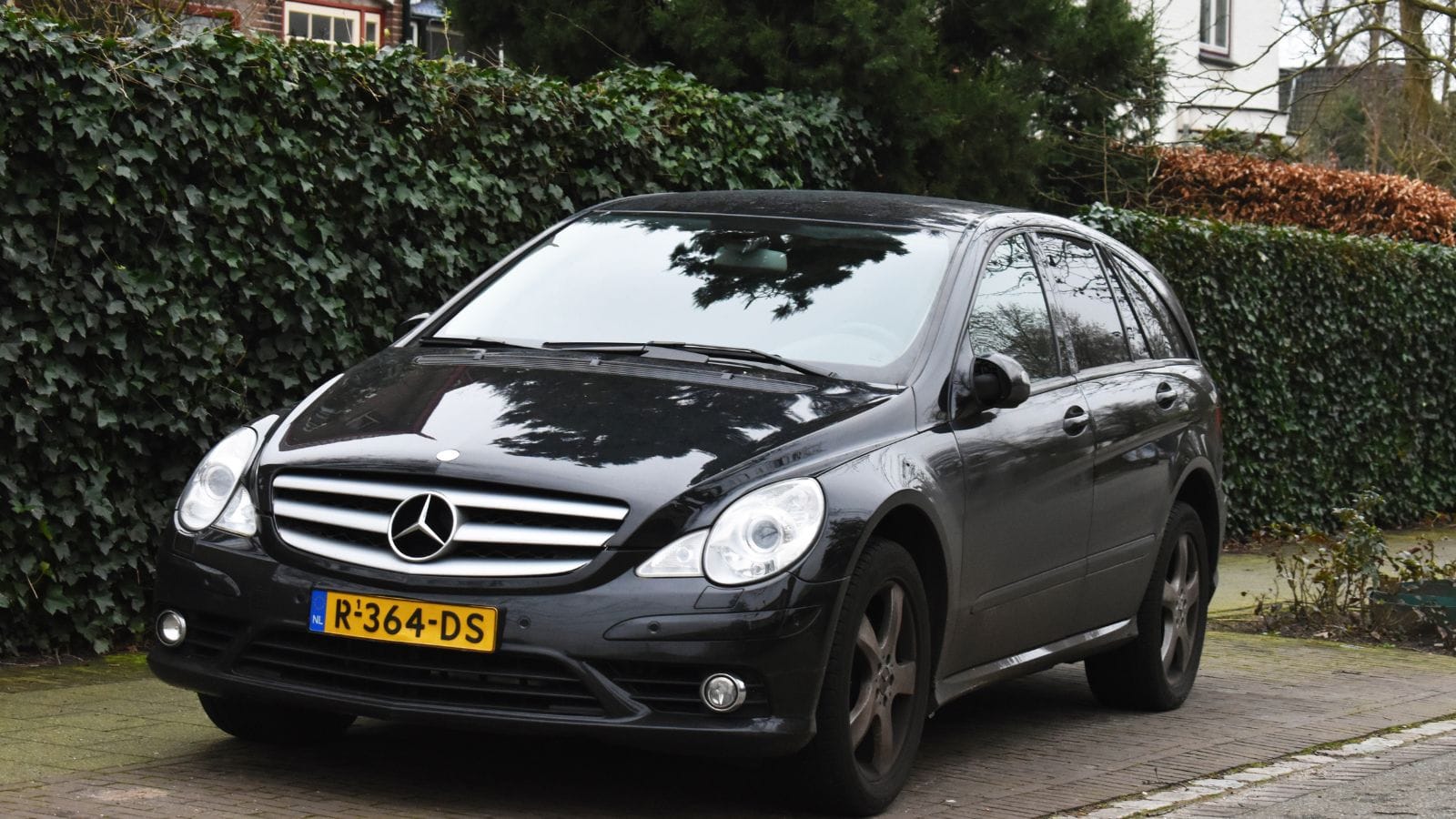
The Mercedes-Benz R-Class attempted to be a luxury van, a wagon, and an SUV, but it ultimately confused nearly everyone. Though built with the brand’s usual precision, its minivan-like appearance and high repair costs doomed it on the Canadian market. As luxury buyers leaned toward sleek crossovers, the R-Class aged poorly and depreciated even more rapidly. Today, it’s rare to see one listed for more than $6,000, and for a vehicle that once commanded $60,000, it’s a cautionary tale of financial risk that few Canadians are willing to repeat.
PT Cruiser
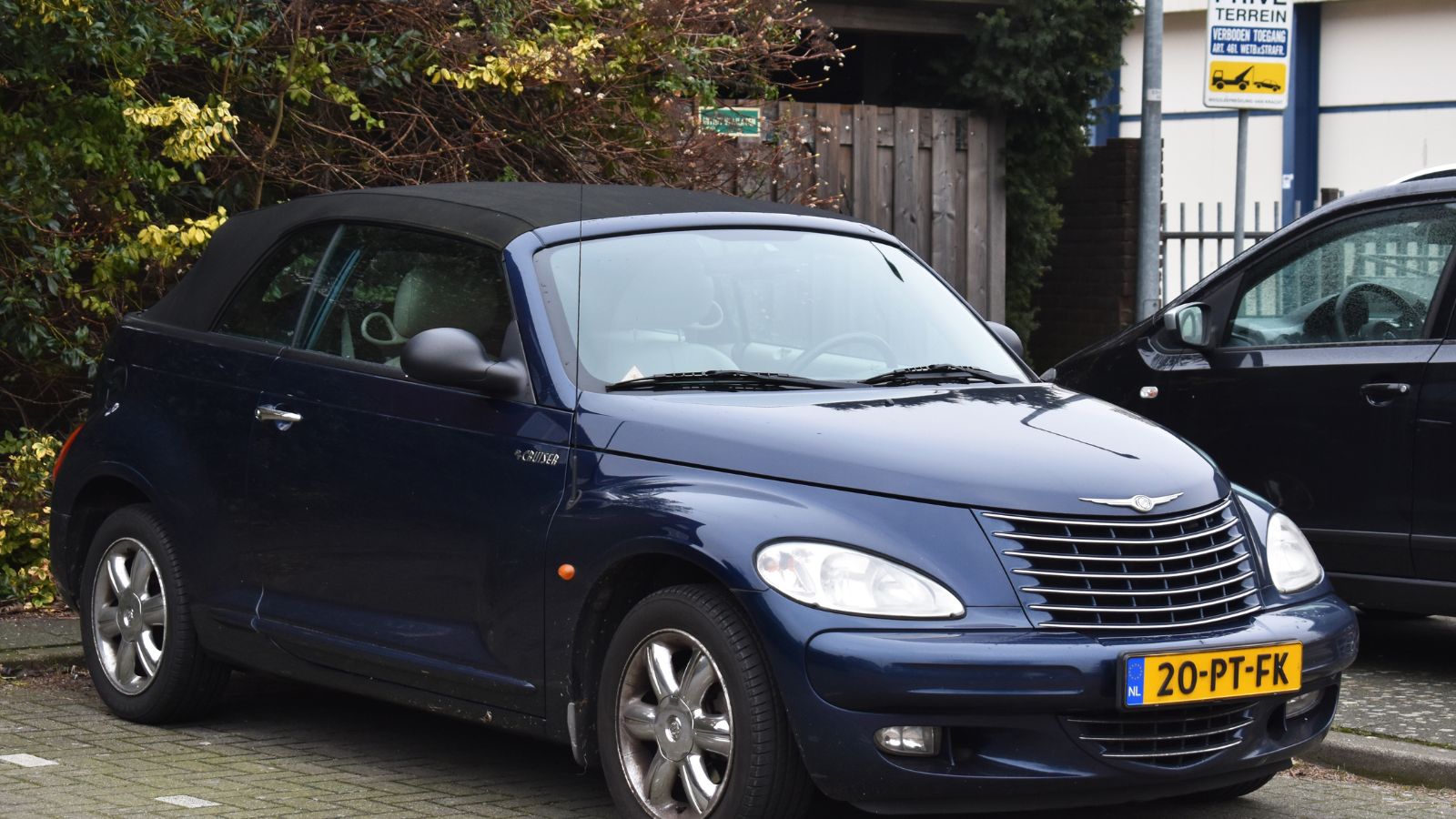
The Chrysler PT Cruiser might be the poster child for cars that went from hot to hopeless, with its retro styling that was briefly beloved, but tastes changed quickly. It offered practicality, but Canadian buyers eventually came to realize that the vehicle’s weak engines, cheap interiors, and poor long-term reliability were drawbacks. Production ended in 2010, and resale values plummeted. Today, PT Cruisers are almost impossible to sell for more than $2,000 in Canada, and many sellers give them away.
25 Facts About Car Loans That Most Drivers Don’t Realize

Car loans are one of the most common ways people fund car purchases. Like any other kind of loan, car loans can have certain features that can be regarded as an advantage or a disadvantage to the borrower. Understanding all essential facts about car loans and how they work to ensure that you get the best deal for your financial situation is essential. Here are 25 shocking facts about car loans that most drivers don’t realize:
25 Facts About Car Loans That Most Drivers Don’t Realize
